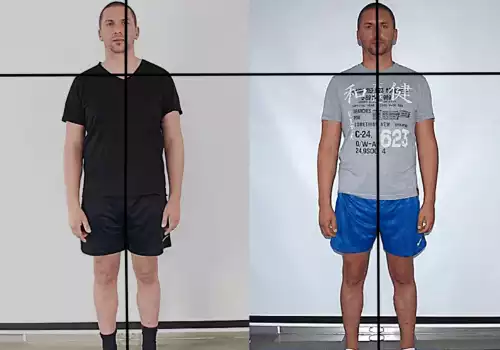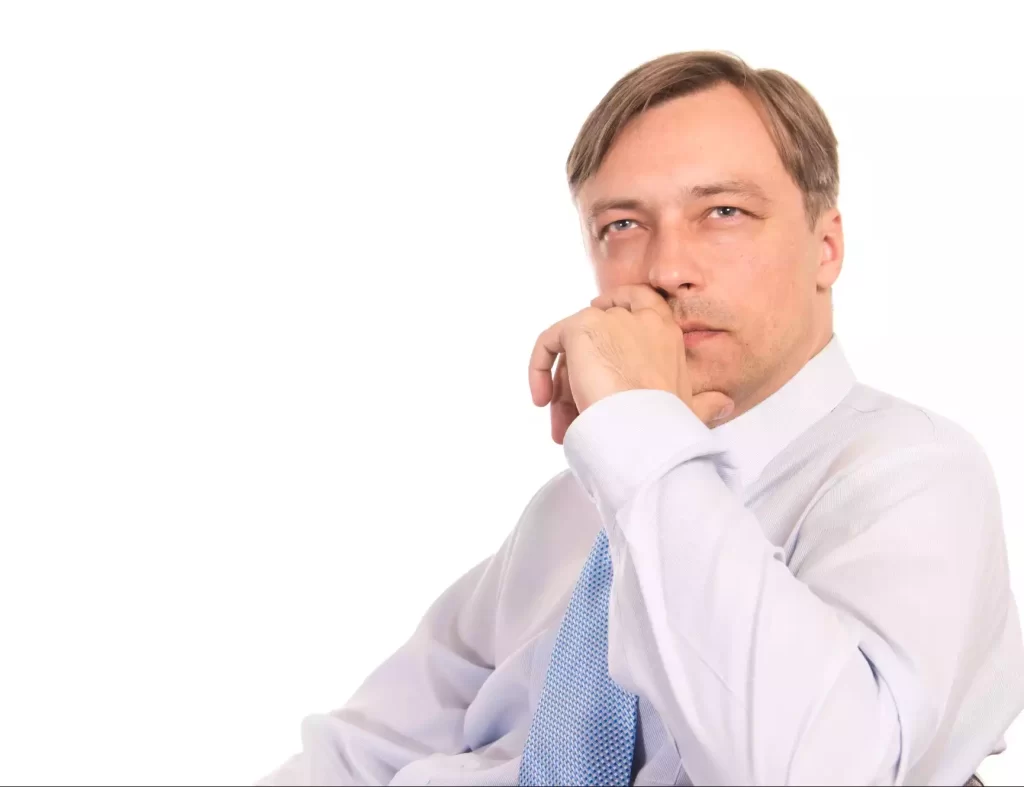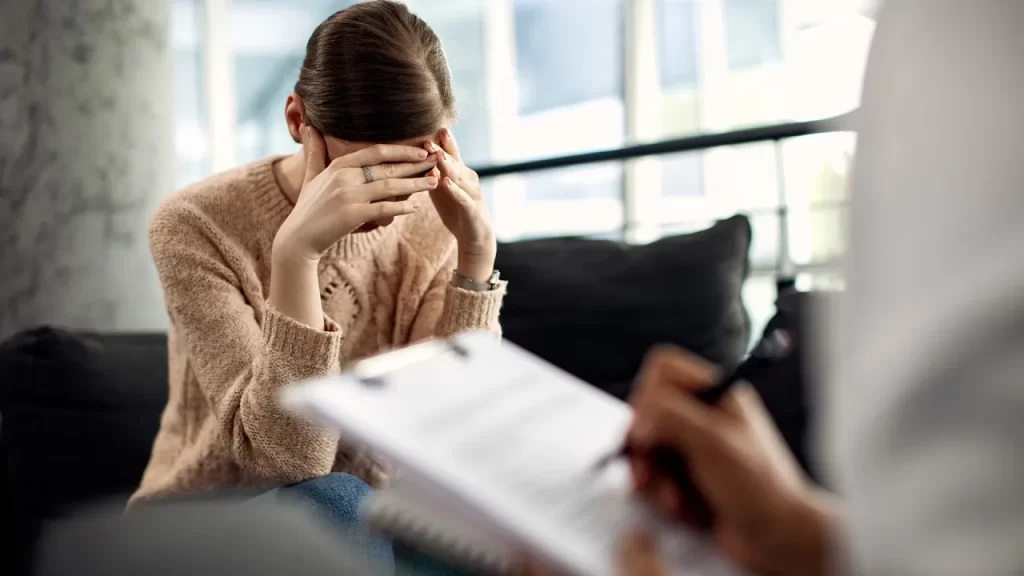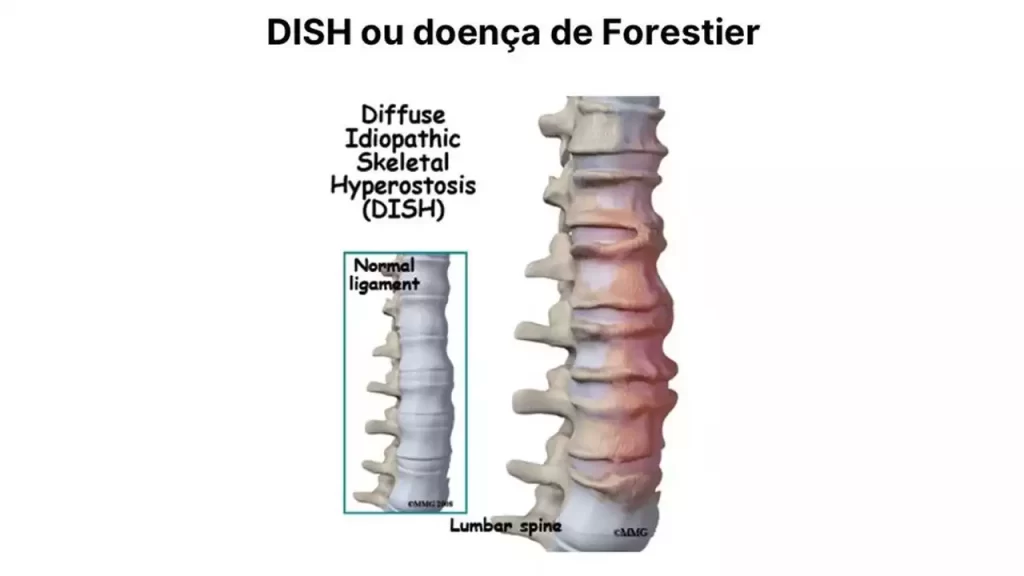
Illnesses of the 21st century
Chronic muscle tension serves to suppress the perception of unwanted and dangerous impulses from the body. Their expression to the environment through movements, speech, gaze, posture is limited.

TRAUMA REFLEX AND INJURIES
Injuries can be caused by a blow or a fall. When a blow is anticipated, we instinctively turn away from it, which leads to getting hit on the side of our body. Those muscles then reflexively contract so that they form a shield.

SPORTS INJURIES
The meaning of order, rules and orderliness can be better understood by comparing sports similar to one another, such as running on the long track and speed walking. Injuries that athletes get when running are common…

HIPS, KNEES AND FEET
Why? Because the knee joint (connects the two parts of the knee) can move only in the direction backwards and forward and cannot bend in any other angle. If we move our foot to the left or the right, the knee doesn’t move…

Cynicism as a Reflection of Unresolved Inner Conflicts
Cynicism has become one of the characteristic emotional responses of modern times, often understood as a defense mechanism against disappointment and uncertainty. It is an integral part of…

PREGNANCY AND HOW THE AEQ METHOD CAN HELP
The center of body’s gravity shifts forward in the last months of pregnancy, causing an increased curve of the lower back (lumbar curve) and the pelvis to move forward. Furthermore, the tension in the back muscles increases…

How Emotional Maturity Between Partners Affects the Family
Emotional maturity between partners is a key factor influencing the health and stability of the entire family. The dynamic between a man and a woman impacts not only the two of them but also their…

CONTROLLING THE EGO
Who is the ego? Ego allows us to change our surroundings to fulfill our needs and wishes or changes us to suit the environment. Life has been long and increasingly alienated from the body and the natural laws and…

WE ARE CREATING NEGATIVE STRESS AND ARE LOWERING THE QUALITY OF OUR LIFE
For the proper functioning of the immune system, it will be increasingly important to know the condition we are in and know the approach and method that can explain the chronic activation of a particular condition and…

Hyperstimulation and long-term stress
There is a saying that a tree is only as strong as its roots. A good grower will inhibit and control the growth of the seedling in order to achieve better development of its roots. This delays the first fruits and full fertility…

UNDERSTANDING PAIN
The online Oxford dictionary defines pain as a “highly unpleasant physical sensation caused by illness or injury”, and lists as its second meaning “mental suffering or distress”. Since pain can result from both…

RESISTANCE
In a human being, any action that doesn’t offer instant satisfaction or, in other words, that encourages personal growth, health and wholeness and requires a certain effort, creates resistance. Any act that derives from our higher nature…

Emotional Efficiency and Its Impact on Life
In the AEQ Method, emotional efficiency is a fundamental ability of an individual to recognize, understand, manage, and express their emotions in a way that supports personal development and the establishment…

Change
We don’t want to change ourselves, even though we expect everyone else to change, which would then change our lives. However, it is imperative that all the changes we have to make come from within.

AEQ BREATHING
Accepting/giving, opening/closing, expanding/shrinking are all words that can be compared to breathing – inhale/exhale. The purpose of breathing is to exchange gasses between air and blood in our lungs as efficiently as we can.

Maja and Her Sense of Parental Disappointment
Maja, a 34-year-old woman, felt like a disappointment to her parents during childhood. Her parents had hoped for a son who would continue the family trade and tradition, but instead, they had a daughter…

The Pandemic of Sleep Deprivation and Violations of the Law of Time
The human body responds to an increase in speed with an increase in internal tension. Greater speed raises the average muscle tone. If you drive a car moderately, fast, or very fast, when are you more tense? In driving…

CONTROLLING THE EGO
Who is the ego? Ego allows us to change our surroundings to fulfill our needs and wishes or changes us to suit the environment. Life has been long and increasingly alienated from the body and the natural laws and…

HOW TO IMPROVE THROUGH PROGRESSION
You swing between the old and new, despite knowing, understanding, and feeling that the old doesn’t suit you anymore, disturbs you, or even harms you. And despite that, you’re still swinging between what once was…

CHANGE AND TRANSITION
We don’t want to change ourselves, despite expecting others to change, which would in turn, change our lives. Yet it is imperative that all the changes we need to make come from within us. Change means to free ourselves of the…

CONTROLLING YOUR MUSCLES TO CONTROL YOUR EMOTIONS
The benefits of learning muscle control are not limited to sports. We learn…

COVID OFFERED US TIME AND A REVALUATION OF PRIORITIES
And most importantly – it didn’t make most people ill. Time, movement, and the coronavirus. Let’s use this time to slow it down.

Children and movement

We usually don’t like ourselves because our body abandoned us in our time of need
We are raised and taught that we need to do something constantly. This belief stems from modern consumer society. We surrender to it only if our body and feelings cannot influence our thoughts, decisions, and actions.




